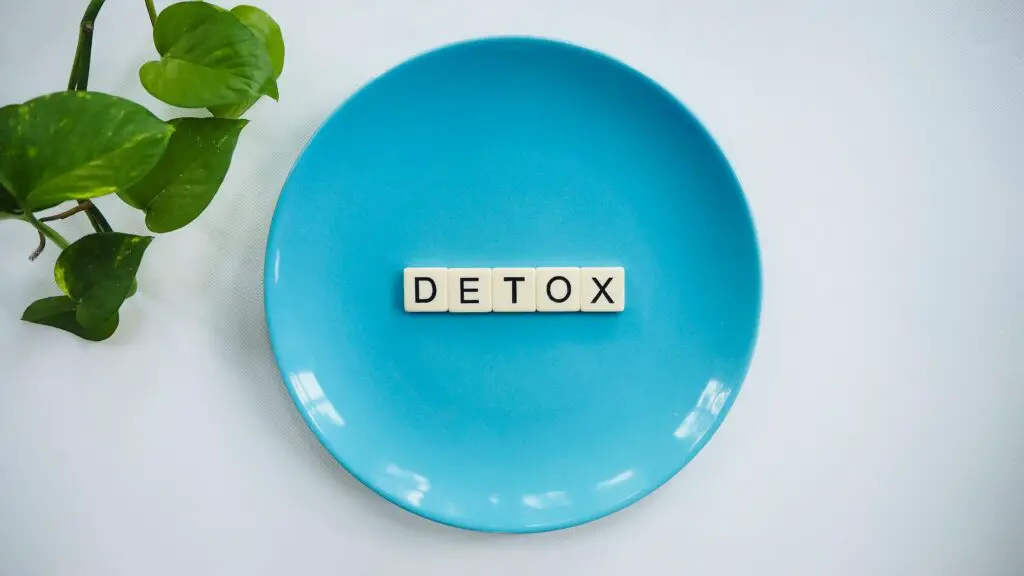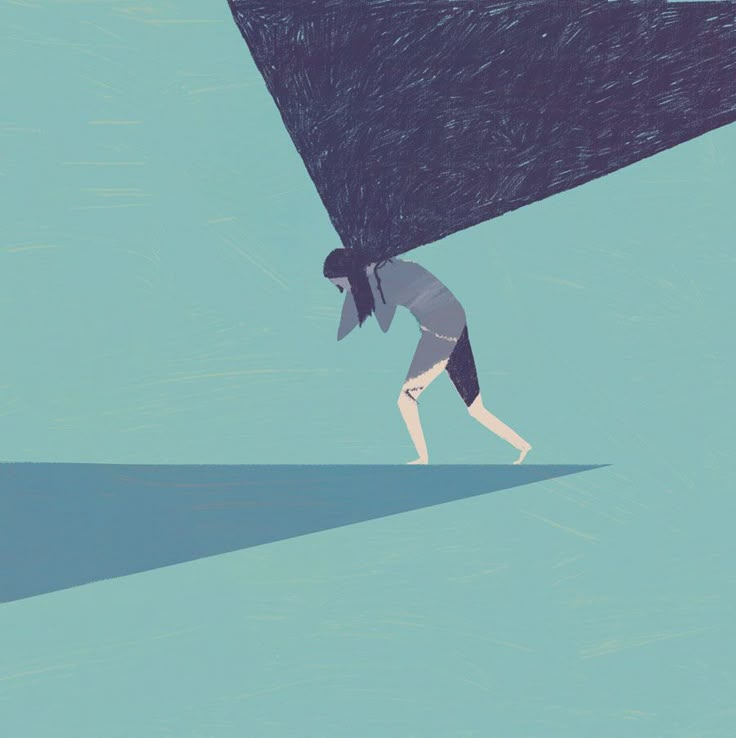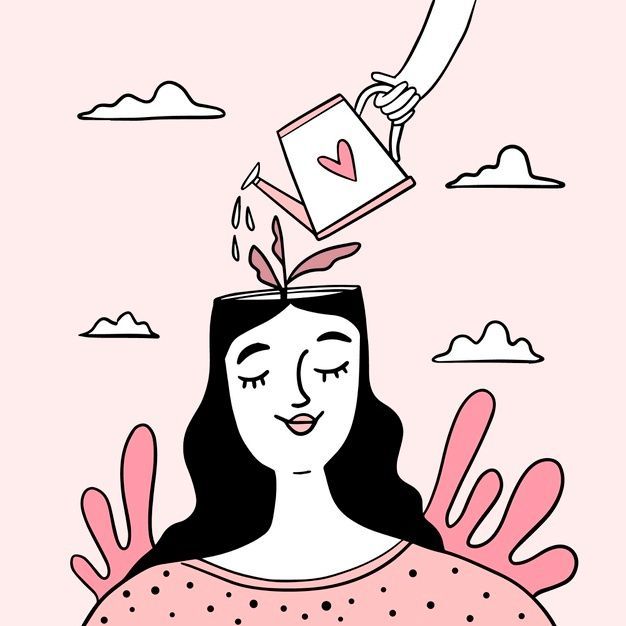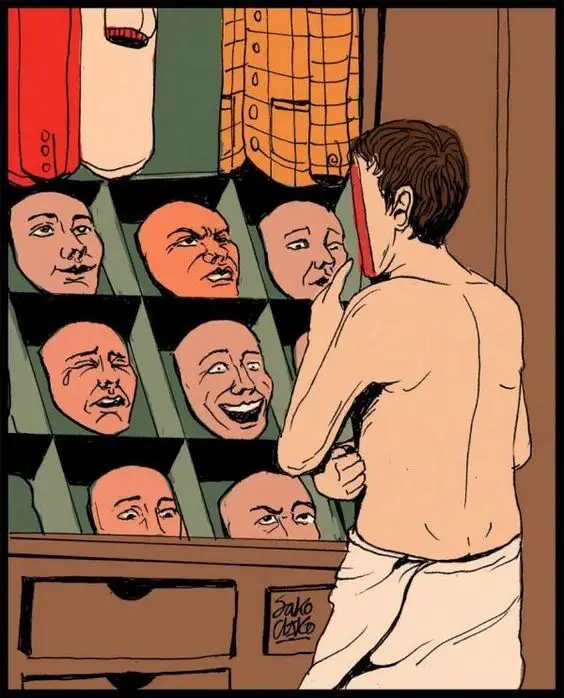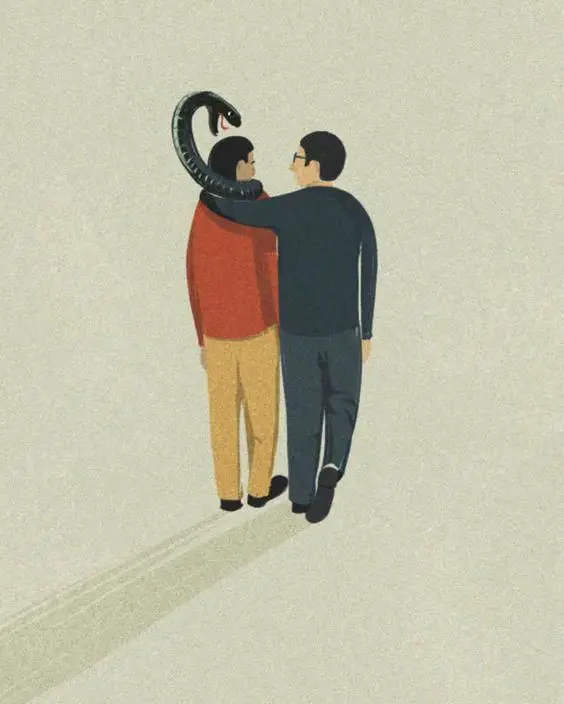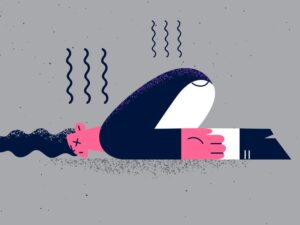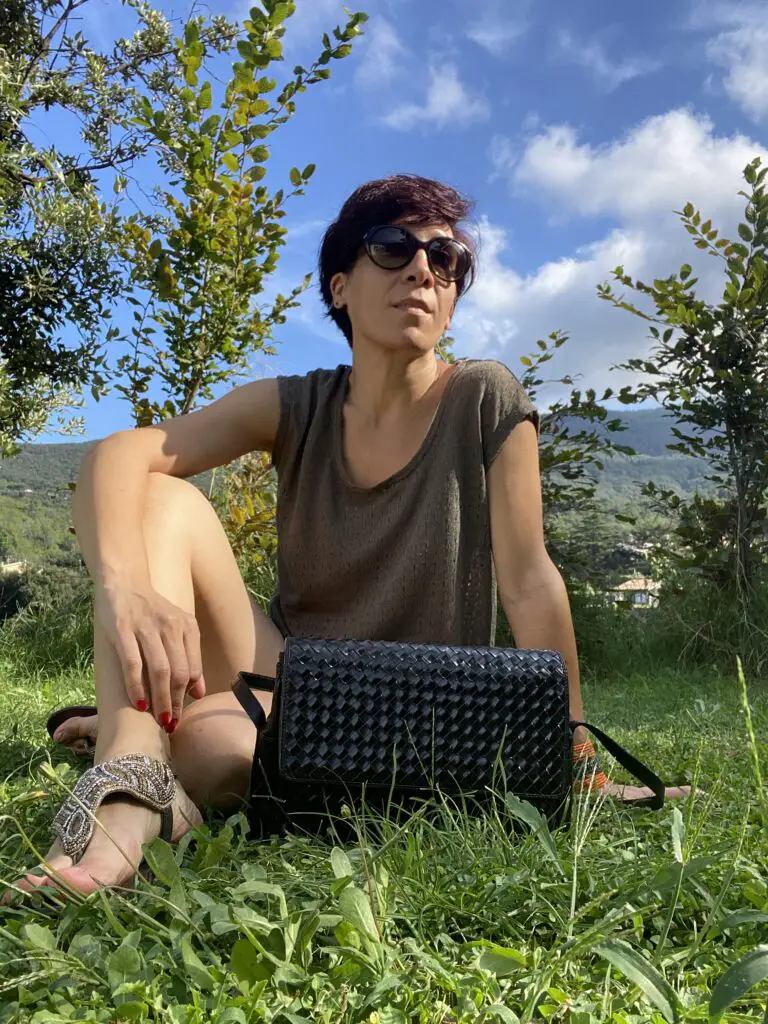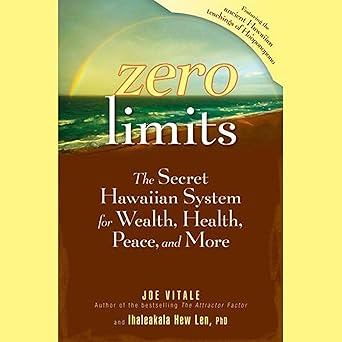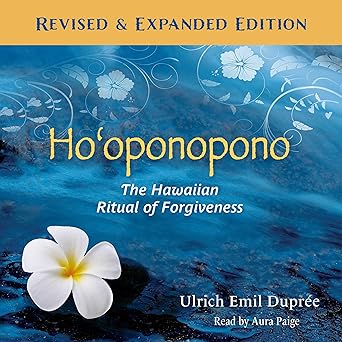A Personal Hook
It’s been a while since I last wrote about lifestyle, but yesterday, during a solo walk in the woods, I found myself reflecting on a recent experience—one that reminded me just how important it is to protect our energy.
A person I once considered a friend turned out to be a manipulator, and this realization took me straight back to my university years, to my very first experience with a toxic friendship.

I hesitate to use the word toxic because it carries a heavy, almost unpleasant weight. But the truth is, some people bring a kind of energy into our lives that drains rather than uplifts us.
Looking back, I can now see that my university friend wasn’t intentionally trying to bring me down—she was struggling, trapped in her own darkness, and unconsciously trying to share that burden with those around her.
In contrast, the person I recently dealt with (a grown woman) was fully aware of her manipulative actions, which somehow made it even worse.
That first experience was a long and painful lesson. I spent years offering my friend endless support—long phone calls, emails, deep conversations—trying to lift her spirits, help her see the beauty of life, and even connect her with professionals who could guide her.
But no matter how much I tried, she only seemed to sink deeper, pulling me along with her. What finally made me realize she was an unhealthy presence in my life was the growing sense of emptiness I felt after every interaction.
Whether it was a call, an email, or—worst of all—a face-to-face meeting, I always left feeling drained, depleted, and burdened with emotions that weren’t mine to carry.
When I moved abroad, I instinctively began distancing myself. At first, I responded to her less and less, until one day, I simply stopped.
And with time, she faded from my life. I never confronted her or ended the friendship with a dramatic farewell—it just dissolved. And when it did, I felt something I hadn’t felt in years: relief.
I could write volumes about the ups and downs of that friendship, but what I truly want to share is this:
Your energy and your time are among the most valuable gifts you can offer another person.
But if someone isn’t ready to receive them in a way that nurtures both of you, or worse, if they’re actively pulling you down, you must find the strength to let them go.
Creating space —whether emotional or physical— is often the most powerful way to gain clarity.
Sometimes, all it takes is a little distance to truly see a situation for what it is. If you ever find yourself caught in a draining relationship, don’t be afraid to step back, take a breath, and reassess.
Protecting your peace isn’t selfish—it’s necessary.
Identifying Toxic People
We often think of self-care as something internal—meditating, journaling, or setting boundaries to protect our mental health. But what we sometimes forget is that our inner world doesn’t stay hidden. It leaks out into the way we carry ourselves, the energy we project, and even how we look.
Have you ever noticed how your skin seems to glow when you’re genuinely happy, or how you stand a little taller when you’re surrounded by people who lift you up?
On the flip side, prolonged stress from toxic relationships doesn’t just weigh heavy on your heart—it shows up in your posture, your expression, and even in how you dress.
When we’re drained emotionally, it’s hard to feel confident, inspired, or vibrant.
That dullness? It’s more than skin-deep.
Fashion, after all, is more than just clothes—it’s an expression of how we feel.
When we’re caught in a cycle of negativity or emotional manipulation, it’s easy to lose sight of ourselves, both literally and figuratively.
Our outfits might feel uninspired, our style muted, reflecting the heaviness we carry inside.
But when we protect our mental space and surround ourselves with positive influences, it’s like flipping a switch. We start to feel lighter, more confident, and that radiance naturally reflects in our appearance—through our smiles, the sparkle in our eyes, and the boldness of our personal style.
That’s why defending your mental health isn’t just about feeling good—it’s about looking good, too.
True style begins with self-respect and an awareness of the energy we let into our lives.
And sometimes, the first step to reclaiming both your inner peace and outer glow is recognizing the people who don’t deserve a place in your life.
a. Understanding Subtle vs. Obvious Toxicity
- Obvious Toxicity:
These are the relationships where the toxicity is hard to miss.
Think of friends or family who are consistently negative, always critical, or deliberately create drama.
Their behavior often leaves you feeling drained or diminished. - Subtle Toxicity:
Sometimes, the negative influence isn’t as blatant.
This includes individuals who might seem caring on the surface but use manipulative tactics like guilt-tripping, passive-aggressiveness, or subtle gaslighting.
They might also be enablers of your self-doubt, even if unintentionally.
b. Common Red Flags
- Excessive Negativity:
If someone constantly complains or focuses only on the negatives, it can weigh you down. - Lack of Support:
Toxic individuals might undermine your achievements or dismiss your goals. - Boundary Disrespect:
They ignore your personal limits, whether it’s your time, your emotional space, or your physical boundaries. - Selfishness: They tend to make every conversation or situation about themselves, leaving little room for your own needs.
- Inconsistent Behaviour: A person who oscillates between warmth and coldness, leaving you confused about where you stand, can be draining over time.
c. Creating a Personal “Toxicity Checklist”
Here are some guiding questions I found useful for myself and that I hope will help you reflect on your relationships too:
- Do I often feel anxious or exhausted after interacting with this person?
- Do they listen to my needs or consistently dismiss them?
- Is there a pattern of behaviour that leaves me feeling unvalued or manipulated?
- Do I feel a need to change myself in order to fit into their expectations?
d. The Role of Self-Awareness
Guys, recognizing toxic behaviour isn’t about placing blame —it’s about self-awareness. And understanding this point is key.
By identifying these patterns, you’re taking the first step toward nurturing healthier relationships.
As I understand self-analysis is not for everyone, in this chapter I want to share with you how these red flags appeared in my own experiences, so to give you some practical examples to reflect on:
- Constant Negativity
Red Flag: They always focus on the negative, no matter the situation.
My Experience:
Getting back to that friend of mine during my university years, I remember how she could turn even the brightest moment into something gloomy.
If I (or any other common friend) shared good news—like passing an important exam or landing a great opportunity—she’d immediately respond with something like, “Well, that’s nice, but don’t get your hopes up. Things usually go wrong when you least expect it.”
Or something similar…you know, after a while, I realized that every time I left our conversations, I felt drained and doubtful about my own successes.
- Guilt-Tripping and Manipulation
Red Flag: They make you feel guilty for not prioritizing them or their problems.
My Experience:
I had a more recent experience with a woman I thought was a close friend. She’d often say things like, “I guess you’re too busy for me now,” or “Oh, I’m so sorry, I didn’t mean to bother you, I know you’re working, but I really need to tell you this right now”, if I didn’t immediately reply to a message.
At first, I felt obligated to be available 24/7, even when I was overwhelmed with my own work and personal life.
But I realized she was using guilt to keep me tethered to her constant needs, without considering my boundaries.
- Lack of Support or One-Sided Relationships
Red Flag: They expect you to support them but disappear when you need help.
My Experience:
A third experience in this sense I had with another woman, I spent countless hours listening to her problems, offering advice, and even connecting her with professionals here, as she didn’t have any contacts when she arrived on the island back then.
But when I went through a tough period—managing a brand-new business, adjusting to a new life—not once did she write me a WhatsApp in months (!!!) or ask how I was doing.
It was as if my struggles didn’t exist unless they affected her directly. That imbalance made me realize how one-sided the friendship had become.
- Passive-Aggressiveness or Subtle Insults
Red Flag: They mask criticism as jokes or backhanded compliments.
My Experience:
There was a time when I shared my excitement about starting my fashion blog with the woman mentioned above, and this person’s response was, “Oh, that’s cute!
But don’t you think the market is already too saturated for you to stand out?” …not to mention all the other comments she had about my project, like “I don’t understand why you should make it in English, it’s not even your mother tongue”.
They were always framed as a casual comment, but they stuck with me, planting unnecessary doubt.
Over time, I noticed this pattern: subtle digs disguised as concern or humor.
- Draining Your Energy Emotionally
Red Flag: You feel exhausted, anxious, or uneasy after spending time with them.
My Experience:
Every interaction with these “friends” left me emotionally exhausted. After our phone calls or meetups, I’d feel this heavy, almost physical weight on my chest, like I’d been carrying their problems on my back.
It got to the point where just seeing their name pop up on my phone would spike my anxiety. That was the biggest wake-up call for me.
- Disrespecting Boundaries
Red Flag: They ignore your limits, pushing you to overextend yourself.
My Experience:
With the more recent manipulative friend, I noticed she didn’t respect my time or personal space. Even when I clearly communicated that I needed some time to myself, she’d bombard me with messages, expecting immediate attention.
Okay, there was business involved, but receiving calls regularly during my meals, no matter if breakfast at 7am, lunch or dinner, keeping me away from the rare moments she knew I could spend with my husband, was the normality for her (…now I understand why she is still alone😂 Okay, I’m sorry, I didn’t want to be mean).
And if I ever tried to set boundaries, she’d find a way to cross them subtly—like showing up uninvited or dismissing my need for alone time as being “too sensitive.”
Chapter 3: The Cleansing Process
Letting go of toxic people isn’t always as simple as flipping a switch. It’s a process—a journey that often feels messy, emotional, and even a little scary.
These relationships, no matter how harmful, usually come with history, shared memories, and emotional ties that are hard to untangle.
But here’s the truth: holding onto people who drain your energy doesn’t make you loyal—it makes you stuck. And you deserve better.
Repeat with me: I – DESERVE – BETTER
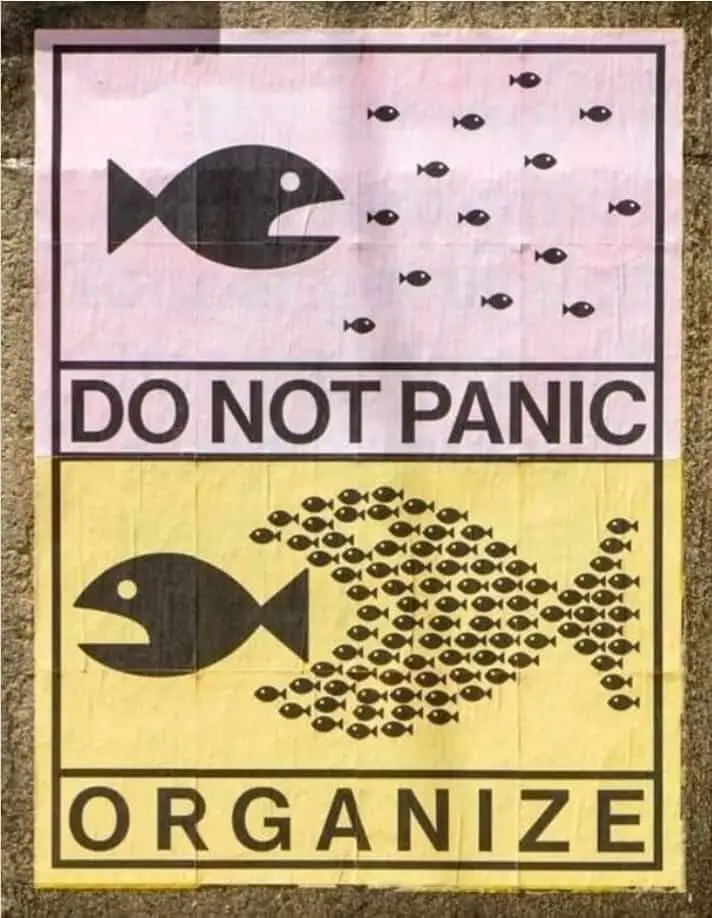
Think of this process as a form of emotional decluttering. Just like you wouldn’t keep clothes in your closet that no longer fit or serve you, the same goes for relationships.
Releasing what no longer aligns with your well-being creates space for peace, growth, and authentic connections.
In this chapter, I’ll walk you through practical steps to help you navigate this cleansing process.
From setting boundaries to dealing with guilt, I’ll share the tools that helped me free myself from unhealthy attachments and regain control over my own energy.
Remember, this isn’t about being harsh or cold—it’s about being kind to yourself first.
a. Acknowledging the Need for Change
- Self-Reflection: Allow yourself some solo moments to reflect on a specific relationship or behavior and how these are affecting your mental health and energy. This might include moments of self-doubt, anxiety, or simply a feeling that something wasn’t / isn’t right.
- Emotional Validation: it’s absolutely normal to feel conflicted about distancing yourselves from people who are playing or once played important roles in your lives.
b. Setting Clear Boundaries
- Communicating Your Limits: it took me some time, but finally I learned to express what is acceptable for me and what isn’t. For instance, I started saying “no” more often or explicitly stated my need for respectful hours, in case of phone calls.
- Consistent Enforcement: start this process gently but firmly and this practice will lead you to seamlessly reinforcing your boundaries, even when it feels uncomfortable.
c. Gradually Distancing Yourself
- Taking Small Steps: once you clearly set your boundaries, next step of reducing the time spent with toxic individuals will happen automatically. Perhaps starting with shorter meetings or limiting topics of conversation to neutral ground.
- Creating a Buffer: Sometimes, physical distance or digital detox (like reducing time on social media platforms where these toxic dynamics play out) can make a huge difference.
d. Releasing the Emotional Weight
- Healing Practices: Long solo walks in the woods as well as yoga sessions at home (my comfort zone) have been -and still are- my self-care routines and mindfulness practices I adopted to cleanse my energy.
Other practices might include meditation, journaling, knitting…of course if you feel your home is not your comfort zone -for whatever reason, identify another place where you feel good and safe and go for it. - Forgiveness and Letting Go: these points are crucial, as cleansing isn’t about harboring resentment but rather about freeing yourself from the emotional baggage.
It might be really hard to learn to forgive, but remember you are doing this not for the benefit of the other person, but for your own peace of mind. If you can’t find the strenght, focus on this.
e. Celebrating Small Victories
- Reflect on Progress: don’t forget to acknowledge even the smallest steps toward a healthier life.
Whether it’s feeling lighter after a difficult conversation or enjoying a day without stress from past negativity, these wins are important.
- Continuous Improvement: Of course, cleansing is an ongoing process. Be aware that you won’t get it over one night.
Also, there may be setbacks, but each step forward is a victory in reclaiming your energy and mental well-being.
Chapter 4: The Energy Shift & Attraction of Better Relationships
When you finally clear toxic people from your life, it’s like lifting a heavy fog. Suddenly, there’s space—space for healthier, more fulfilling relationships to take root.
You start to notice that you’re not just surviving in your interactions; you’re thriving.
The energy you once poured into managing someone else’s negativity can now be redirected toward people who genuinely uplift and inspire you. 🙏
Eliminating toxicity gives you clarity. You become more aware of what healthy connections feel like—balanced, respectful, and energizing rather than draining.
It’s not just about having people around; it’s about having the right people.
[ 👈 These two books changed my life and perspective completely!👉 ]
The Kind of People I Now Choose to Keep Close and Why:
After learning these hard lessons, I’ve become more intentional about the relationships I nurture. I gravitate toward people who:
- Respect boundaries without making me feel guilty for having them.
- Celebrate my successes without envy or passive-aggressive remarks.
- Communicate openly and honestly, without games or manipulations.
- Match my energy—people who inspire me, bring out the best in me, and aren’t afraid to be vulnerable in return.
It’s amazing how once you’re in tune with your own energy, you naturally start to attract people who align with it. The law of attraction isn’t just some abstract concept—it’s real. When you prioritize self-respect, you invite relationships that reflect that same respect back to you.
Practical Tips for Attracting and Maintaining Positive Relationships:
- Be Clear on Your Limits: Know what’s acceptable for you and communicate it clearly. The right people will respect this.
- Invest in Mutual Growth: Surround yourself with people who encourage your growth, and be that person for them too.
- Say No Without Guilt: Don’t be afraid to step back from relationships that don’t feel right, even if it’s uncomfortable at first.
- Practice Self-Reflection: Regularly check in with yourself—how do you feel after spending time with someone? Energized or drained?
- Stay Open, But Discerning: Let new people into your life, but trust your gut. If something feels off, don’t ignore it.
Chapter 5: Closing With Inspiration
If there’s one thing I want you to take away from this, it’s this: protecting your energy is not selfish—it’s self-care.
You deserve to be surrounded by people who uplift you, who celebrate your presence, and who add value to your life instead of draining it.
Letting go of toxic people isn’t easy.
It might feel uncomfortable, even painful, especially if they’ve been part of your life for a long time.
But remember, you are the curator of your own energy. Every relationship you keep should feel like a conscious choice, not an obligation.
As you move forward, trust yourself. You’ve learned to recognize the red flags, you’ve experienced the heaviness of toxic connections, and now you’re stepping into a space where positivity and growth thrive.
It’s a journey, but every step you take toward protecting your mental and emotional well-being is a step toward a happier, healthier you.
And don’t forget—your energy is magnetic. When you prioritize yourself, the right people will be drawn to that light.
Keep shining my beautiful souls! ✨
XOXO
Agnese K
More Posts You’ll Love:
👉 How to Wear 2025’s Spring Trends Over 40 – Without Looking Overdone
👉 Mastering the Leather Trend: Your Guide to Leather Clothes & Accessories – With Shopping Advice
👉 Smart Vacation Packing: Expert Tips for Stress-Free Travel
👉 Style Secrets: How to Look Slimmer and Taller for Petite and Plus-Size Women

